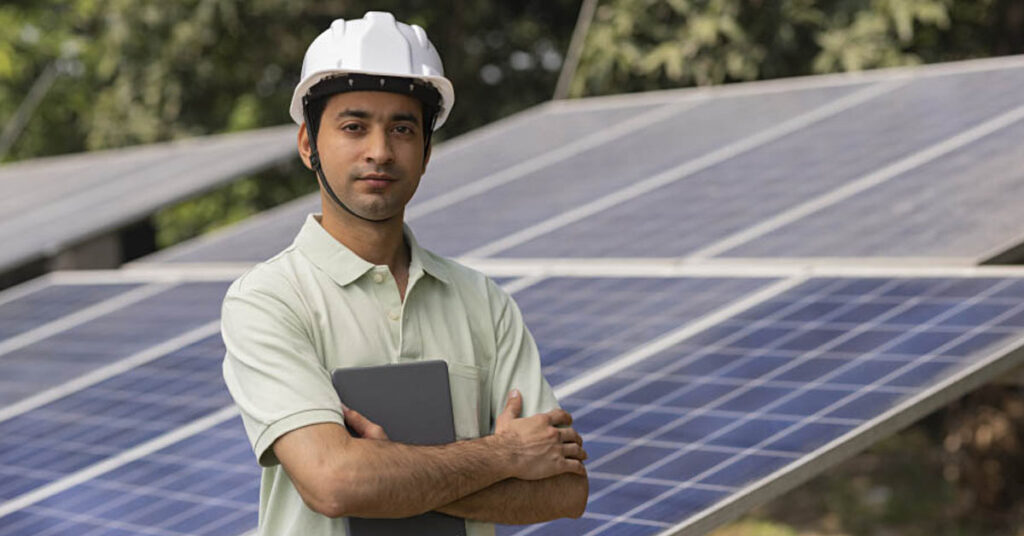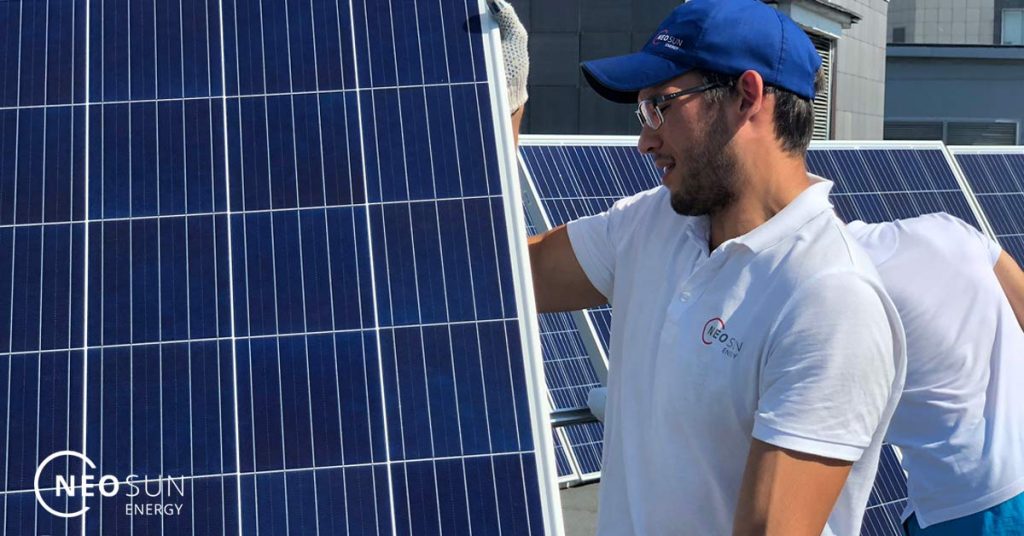ⓘ Featured image credits: Freepik
The International Energy Agency (IEA) released an “India Outlook” report that laid out a reasonable path to India taking measures to have solar power “eclipse” coal energy by 2040. Currently, only 4% of the country’s power comes from solar avenues, but the landscape and frequent sun (more than 300 days per year in most parts of the country) make it well-suited to be a sustainable living blueprint for the rest of the world.
Currently, India has the second-largest population on Earth, but is fortunately well below the global per-capita average for emissions. Even though there is currently only the 4% solar, the potential for growing it quickly is very realistic.
Here are a few reasons India is such a sensible choice for a solar revolution, and also some benefits for the region and globe.
India: By the Numbers
India does not have a history of showing much interest in combatting climate change, neither with policies nor monetary contributions to environmental organizations. Due more to population density (not driving much) than pro-green initiatives, India does still produce far less CO2 than North America, China, and Europe.
However, the country’s energy usage has doubled in the last two decades, and current plans for growth have led to the IEA estimating that India’s energy demand will increase more than any other country on the planet over the next 20 years. If India can add plans to make this growth involve green construction engineering, that energy growth can coincide with the growth of the solar industry, preventing the growth in energy from affecting the planet.
The hope is that this solar power will ultimately overtake all of the current fossil fuel dependence, which is currently the largest producer of energy in the country… a country that had no set plans for significant clean energy investments until the last few years.
Solar Canals
Even in countries as large as India or the United States, space can still be hard to find, especially space where solar power is worth the investment (sun days). Not unlike the United States, land in India is fairly expensive compared to the global median and is expected to increase steadily over the next two decades.
Canals already exist throughout India as the primary means of irrigation into urban areas. These canals don’t need direct sunlight (though they do get it in many areas), nor do they need to be readily accessible. With that, some simple genius led to creating solar fields that straddle the canals, using space that is already claimed for community improvement, which solar energy will also provide.
As a bonus, the cool water below allows the panels to work at a 5% efficiency increase!
The Future
India’s major producer of fossil fuel power is Adani, and the company also has major investments in clean energy via “Adani Green Energy” wing, and that wing just agreed to a 25-year power purchase agreement, primarily to build solar canals. The company is also heavily invested in advancements in solar technology, meaning this space could be even more efficiently utilized, moving forward.
One of the projected locations for a solar farm will be if completed, the largest single-site farm in the world, which could spark investments into solar power all across the globe.
ⓘ LAFFAZ is not responsible for the content of external sites. Users are required to read and abide by our Terms & Conditions.









